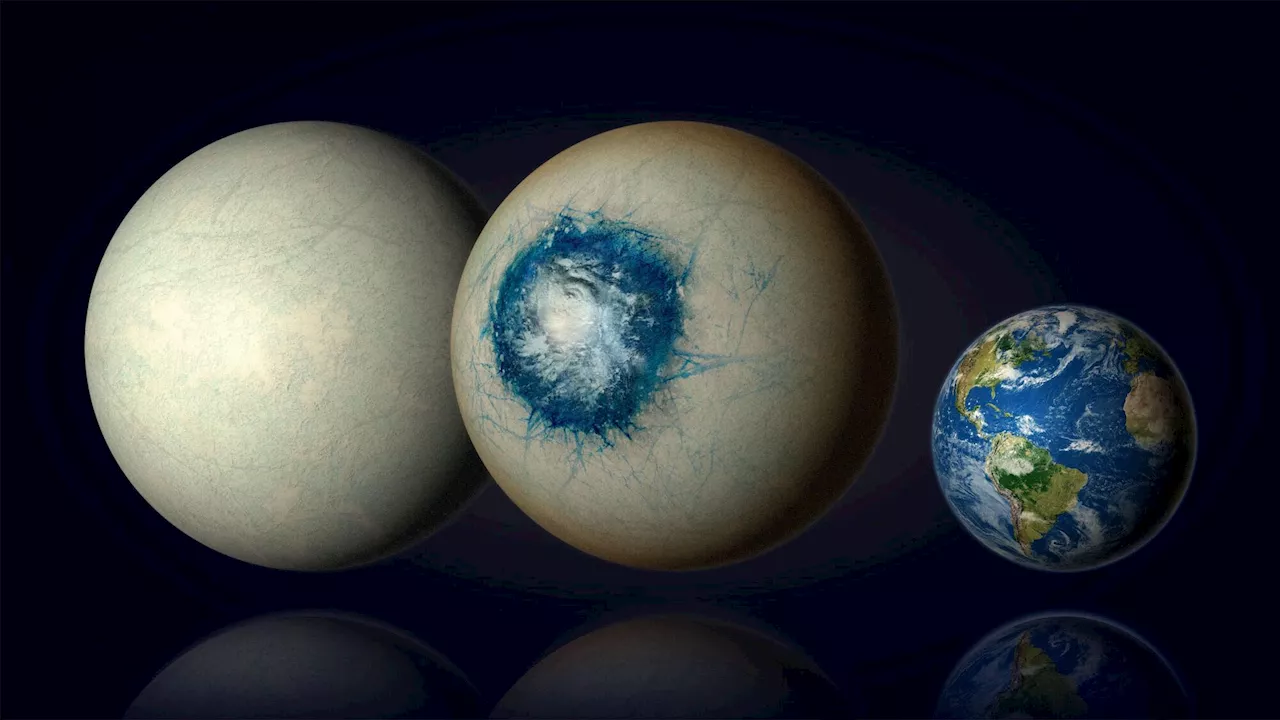The SETI Institute announced the latest findings from the James Webb Space Telescope (JWST) of the supernova remnant, Cassiopeia A (Cas A). These observations of the youngest known core collapse supernova in the Milky Way provide insights into the conditions that lead to the formation and destruction of molecules and dust within supernova ejecta.
Webb unveils stunning ejecta and CO structures in Cassiopeia A's young supernova retrieved 15 July 2024 from https://phys.org/news/2024-07-webb-unveils-stunning-ejecta-cassiopeia.html
This document is subject to copyright. Apart from any fair dealing for the purpose of private study or research, no part may be reproduced without the written permission. The content is provided for information purposes only.Use this form if you have come across a typo, inaccuracy or would like to send an edit request for the content on this page. For general inquiries, please use ourThank you for taking time to provide your feedback to the editors.
Your feedback is important to us. However, we do not guarantee individual replies due to the high volume of messages.to let the recipient know who sent the email. Neither your address nor the recipient's address will be used for any other purpose. The information you enter will appear in your e-mail message and is not retained by Phys.org in any form.Get weekly and/or daily updates delivered to your inbox.
Physics News Science News Technology News Physics Materials Nanotech Technology Science
United States Latest News, United States Headlines
Similar News:You can also read news stories similar to this one that we have collected from other news sources.
 Chasing Cosmic Clues: Groundbreaking New SETI Grants Could Shape the Search for Alien TechnologyScience, Space and Technology News 2024
Chasing Cosmic Clues: Groundbreaking New SETI Grants Could Shape the Search for Alien TechnologyScience, Space and Technology News 2024
Read more »
 Webb’s Super-Earth Discovery: Potentially Habitable World Just 48 Light-Years AwayScience, Space and Technology News 2024
Webb’s Super-Earth Discovery: Potentially Habitable World Just 48 Light-Years AwayScience, Space and Technology News 2024
Read more »
 Red, Webb and boom: NASA telescope captures celestial firework from young starThe hourglass shape is created by a young star gathering mass from its parent molecular cloud. NASA's James Webb Space Telescope captured the celestial fireworks happening within the constellation Taurus.
Red, Webb and boom: NASA telescope captures celestial firework from young starThe hourglass shape is created by a young star gathering mass from its parent molecular cloud. NASA's James Webb Space Telescope captured the celestial fireworks happening within the constellation Taurus.
Read more »
 First of its kind detection made in striking new Webb imageFor the first time, a phenomenon astronomers have long hoped to directly image has been captured by NASA's James Webb Space Telescope's Near-Infrared Camera (NIRCam). In this stunning image of the Serpens Nebula, the discovery lies in the northern area of this young, nearby star-forming region.
First of its kind detection made in striking new Webb imageFor the first time, a phenomenon astronomers have long hoped to directly image has been captured by NASA's James Webb Space Telescope's Near-Infrared Camera (NIRCam). In this stunning image of the Serpens Nebula, the discovery lies in the northern area of this young, nearby star-forming region.
Read more »
 Webb Sees Globular Clusters Forming in the Early UniverseThe JWST spotted a highly-redshifted galaxy that appears to contain five proto-Globular Clusters, the most ancient ever seen.
Webb Sees Globular Clusters Forming in the Early UniverseThe JWST spotted a highly-redshifted galaxy that appears to contain five proto-Globular Clusters, the most ancient ever seen.
Read more »
 James Webb Space Telescope spots 'Cosmic Gems' in the extremely early universe (video)Robert Lea is a science journalist in the U.K. whose articles have been published in Physics World, New Scientist, Astronomy Magazine, All About Space, Newsweek and ZME Science. He also writes about science communication for Elsevier and the European Journal of Physics. Rob holds a bachelor of science degree in physics and astronomy from the U.K.
James Webb Space Telescope spots 'Cosmic Gems' in the extremely early universe (video)Robert Lea is a science journalist in the U.K. whose articles have been published in Physics World, New Scientist, Astronomy Magazine, All About Space, Newsweek and ZME Science. He also writes about science communication for Elsevier and the European Journal of Physics. Rob holds a bachelor of science degree in physics and astronomy from the U.K.
Read more »
